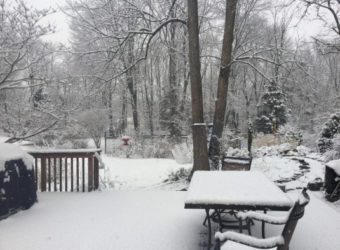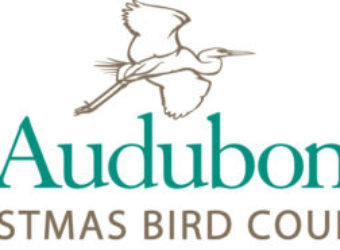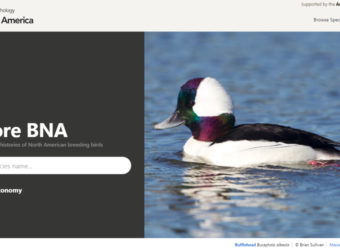What the Nor’easter Blew In
Our mid-March Nor’easter led SMRA Board Member Sarah Hansen to blog about her bird sightings.

Our mid-March Nor’easter led SMRA Board Member Sarah Hansen to blog about her bird sightings.

An April 2016 article in the journal Biological Conservation considered how birding data collected in eBird can be a valuable tool in the conservation of birds and their habitats. One example cited is the effort by Saw Mill River Audubon at Croton Point Park to encourage the nesting of grassland species, including Grasshopper Sparrows. More

Despite the challenging weather conditions, teams of birders saw more than 90 species yesterday, Saturday, December 17, during the annual Peekskill Christmas Bird Count. This 15-mile diameter circle includes birding areas from Peekskill south to Ossining and east to Cortlandt Manor, Millwood and Ossining.
There are over 65 CBC count circles in New York alone. An interactive map of all count circles in the Americas is here. More about Christmas Bird Counts is here.
SMRA Board Member Brian Kluepfel blogged about his experiences here. Yesterday was his first Christmas Bird Count!
SMRA Board Member Christine McCluskey recorded this special video of a Pileated Woodpecker seen during her CBC birding.
https://www.facebook.com/cfmccluskey/videos/10155089533126756/

The Winter 2016-2017 finch forecast suggests that Westchester County birders may see more northern finches this winter More

Cornell Lab of Ornithology’s Birds of North America (BNA) is an extraordinary public resource, constantly updated for every bird species in North America, even accidentals. A redesign of the BNA website launched this September.
You can explore the site by searching for a species name or scanning the taxonomy list. Species introduction pages—available to those without a subscription—provide general information on subjects like distribution, behavior, breeding, and subspecies. Subscribers can see beyond this introduction, which only scratches the surface of the wealth of information Cornell has put together. Are you interested in when a bird species starts singing, builds a nest, raises young, migrates or changes plumage? It’s all there.
Each species entry allows you to navigate to topics such as Distribution, Migration and Habitat; Diet and Foraging and each of these topics are further sub-divided into sections like Locomotion, Self-Maintenance, Agonistic Behavior, and Predation.
Many Cornell Macaulay Library resources supplement the text, including photographs, videos, sound recordings, distribution maps, eBird range maps, molting cycle graphs, and spectrograms, graphic images of sounds.
The writing is not as lay-friendly as that from Cornell’s more simplified All About Birds web site. The concise language can be dry and jargony, yet still more readable than most science journals. Links are provided for all citations; you can view a full list of references, and, if you are using BNA for research, they’ve made citing BNA easy with “Recommended Citation” on each page footer.
BNA offers personal, institutional, and gift subscriptions from 30 days to three years.
Sarah Hansen
To find out more, visit Birds of North America online at www.birdsna.org
SMRA also recommends www.allaboutbirds.org